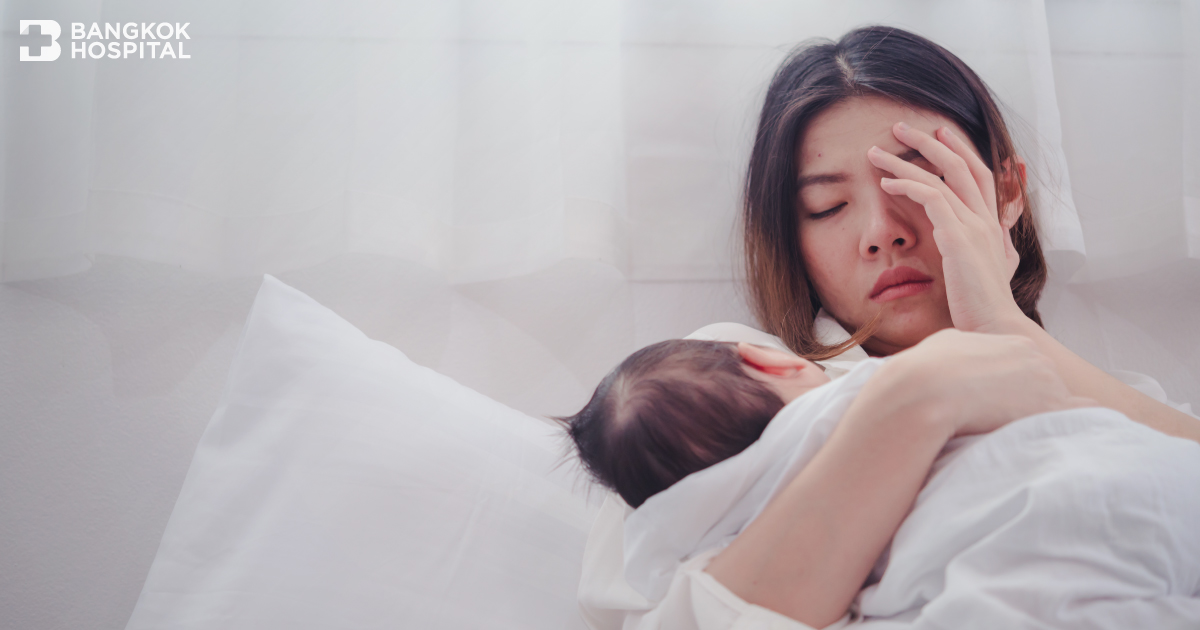Nowadays, gynecologic disorders among women are increasing. Women over 30 years have a chance of having myoma uteri, ovarian cysts, and endometriosis. The most common is myoma uteri. Statistically, for every 10 women, 3 or 4 will suffer from these conditions and 30% of these women will have to undergo surgery. Therefore, an annual gynecologic exam is important to detect the disease early.
Myoma uteri
The cause of myoma is unknown. There are many types of myoma.
- on the outer wall of the uterus
- underneath the uterine lining
- inside the cavity of the uterus
Symptoms are heavy period with back pain or frequent urination. Myoma uteri usually grow slowly or remain the same size. The location, size and number are different in each patient.
Ovarian cysts
Many women have ovarian cysts at some point in their lives. Most ovarian cysts present little or no discomfort. A cyst is a fluid-filled sac that can develop on one of the ovaries. An abnormal ovulation can cause a cyst on the ovary. It is common in 15-49 year old women. If it’s found in women reaching menopause, there is an increased risk of ovarian cancer.
Types of ovarian cysts
- Functional cysts – forms during menstrual cycle and is the most common type
- Polycystic ovaries – form when an egg fails to break out of its sac
- Endometriosis – Endometrial tissue lining causes uterus to grow in other areas of the body. This can cause severe pelvic pain and infertility
- Cystadenomas – liquid-filled cysts that develop from cells on the surface of ovary
- Dermoid cysts – sac-like growths on the ovaries that can contain hair, fat, and other tissues
Endometriosis
Endometriosis is the development of uterine-lining tissue outside the uterus. This is caused by retrograde menstruation. Symptoms are lower abdominal pain or pain during sexual intercourse. The common locations of endometriosis are:
- Ovary
An endometrial tissue attaches abnormally and grows in the ovaries. This is called chocolate cysts. - Muscle wall of the uterus
Adenomyosis is a condition in which an endometrium breaks through the muscle wall of the uterus damaging the uterine wall.
Advanced Minimally Invasive Surgery
With technological advancement, there is a new treatment option for endometriosis, ovarian cysts, and myoma. This new treatment is called advanced minimally invasive surgery. The surgical wound will only be 3-4 small cuts (5-10 mm. each). The advantage of this surgical method is less blood loss, less complications, and fewer infections. Patients usually recover in 1-2 days and can perform normal activities in a week.
The success factors of advanced minimally invasive surgery are highly skilled surgeons, state of the art operating theaters and equipment. At Bangkok hospital, we are ready to provide you with the best standard of care.






